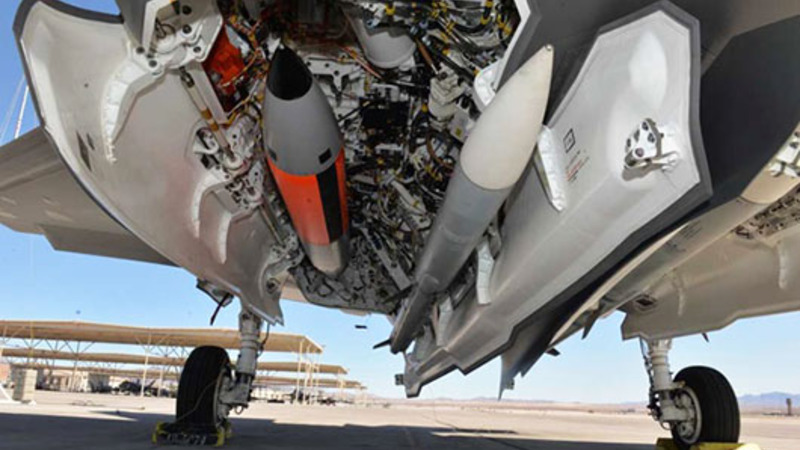FPI / May 4, 2023
Geostrategy-Direct
By Richard Fisher
After a decade of North Korea’s and China’s alarming nuclear and missile buildup, plus nuclear and missile tests, a poll from the South Korean firm Data Research released on March 1, 2023 stated that 70 percent of South Koreans support indigenous development of nuclear weapons.
On Jan. 11 South Korean President Yoon Suk-Yeol said South Korea would like to either reintroduce United States tactical nuclear weapons or build their own. He said:
“It’s possible that the problem gets worse and our country will introduce tactical nuclear weapons or build them on our own…If that’s the case, we can have our own nuclear weapons pretty quickly, given our scientific and technological capabilities.”
It did get worse. On March 28, North Korea revealed that it was series producing a tactical nuclear warhead and developing up to eight new tactical nuclear weapons, to include short range ballistic missiles, land attack cruise missiles and nuclear armed unmanned underwater vehicle (UUV).
So, there was a great deal resting on President Yoon’s April 26-29 visit to the United States, marking the 70th anniversary of the 1953 U.S.-Republic of Korea Mutual Defense Treaty.
Yoon received a “Washington Declaration” largely of assurances. In addition to a public threat from Biden to destroy North Korea if it used nuclear weapons, the U.S. promised to include South Korea in mutual nuclear planning, promised to increase the presence of U.S. nuclear submarines, and affirmed non-proliferation treaties that in effect bar South Korea from developing its own nuclear weapons.
All of this helps, but it simply does not have the desired and needed deterrent and political assurance effect of redeployed U.S. tactical nuclear weapons, which Biden refused for South Korea.
From 1958 to 1991, half of President Yoon’s life, the U.S. maintained tactical nuclear weapons and some strategic nuclear weapons in South Korea, peaking at over 900 weapons in the late 1960s but down to about 100 by their 1991 withdrawal.
Full Text . . . . Current Edition . . . . Subscription Information
Free Press International




